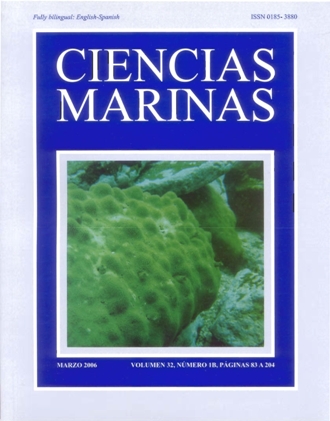Interlaboratory assessment of marine bioassays to evaluate the environmental quality of coastal sediments in Spain. V. Whole sediment toxicity test using juveniles of the bivalve Ruditapes philippinarum
Main Article Content
Abstract
Several species of bivalves and procedures have been used to characterize sediment toxicity. Here we report the results of an interlaboratory exercise that included three different laboratories to evaluate the use of the bioassay using the commercial clam Ruditapes philippinarum. Six different dredged sediments were studied using two different endpoints: lethality after two different exposure periods (7 and 14 days) and burrowing activity after 48 h of exposure. The lethal endpoint was only sensitive to characterize samples with high metallic concentration and following the 14-day exposure period. The burrowing activity showed very variable results that evidence the unsuitability of this endpoint for dredged material characterization. According to these results, a new design is recommended for the test using juvenile bivalves if it is to be used to characterize sediment samples on a regulatory context especially if sediments are not affected by metallic contamination.
Downloads
Article Details
This is an open access article distributed under a Creative Commons Attribution 4.0 License, which allows you to share and adapt the work, as long as you give appropriate credit to the original author(s) and the source, provide a link to the Creative Commons license, and indicate if changes were made. Figures, tables and other elements in the article are included in the article’s CC BY 4.0 license, unless otherwise indicated. The journal title is protected by copyrights and not subject to this license. Full license deed can be viewed here.

